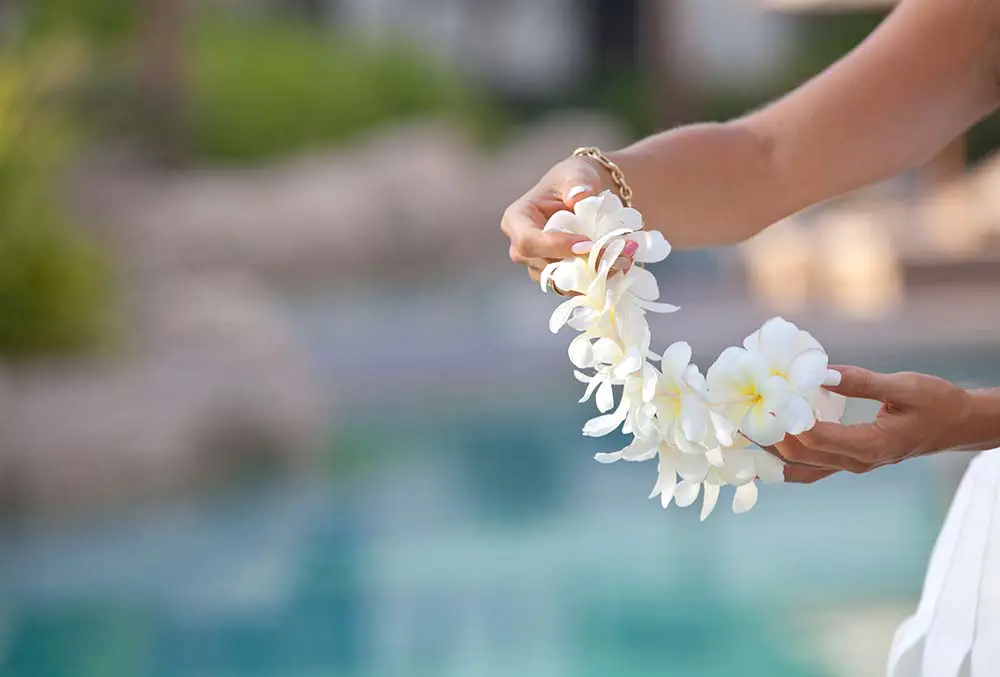Apr 15, 2020
The Aloha Spirit

Anyone who’s visited Hawai‘i has heard of it and knows it’s important. They feel the difference, perhaps in the sense of place here compared to where they come from. The Aloha Spirit is tangibly present in the attitudes of people, and in the welcoming weather and extraordinary natural wonders. It is, almost literally, in the air.
It is also a law, and part of the Hawai‘i State Constitution. The story of how it came to be there began in 1970, at the Governor’s Conference in the Year 2000. Cultural and community leaders gathered from across the islands to discuss concepts of Hawaii’s future. At the time, with the war in Viet Nam, student unrest, and the first stirrings of the Hawaiian Renaissance, the conference was fractious, challenging, and often tense.
One of the attendees was Ms. Pilahi Paki, a respected Hawaiian philosopher, teacher, author and practitioner from Maui. During a panel discussion on the topic of “What Is Aloha?” she calmly rose from the back of the audience wearing a red and white mu‘umu‘u. “Excuse me,” she said, then shared the definition of aloha that had been passed on to her from her teachers and elders. The room was hushed for a breath, then erupted into a standing ovation.
She emphasized, as her kupuna had told her, that aloha was not just a greeting, not just an expression of love. It is a way of living life, of walking in the world rightly, and its power allows us “to hear what is not said, to see what cannot be seen and to know the unknowable.”
The idea of making something so ethereal part of the law was radical and not without resistance in the legislature. It wasn’t until 1986 that a House Bill proposed incorporating Pilahi’s definition into the Hawaii State Constitution. Some expressed concerns, but the bill passed, and the Aloha Spirit stands today.
It’s good to read Pilahi’s words now, and to face the present trying times, especially, with aloha.
From Chapter 5 of Hawaiʻi Revised Statutes:
§ 5-7.5 “Aloha Spirit”
(a) “Aloha Spirit” is the coordination of mind and heart within each person. It brings each person to the self. Each person must think and emote good feelings to others. In the contemplation and presence of the life force, “Aloha”, the following unuhi laulā loa may be used:
“Akahai”, meaning kindness to be expressed with tenderness;
“Lōkahi”, meaning unity, to be expressed with harmony;
“ʻOluʻolu” meaning agreeable, to be expressed with pleasantness;
“Haʻahaʻa”, meaning humility, to be expressed with modesty;
“Ahonui”, meaning patience, to be expressed with perseverance.
These are traits of character that express the charm, warmth and sincerity of Hawaii’s people. It was the working philosophy of native Hawaiians and was presented as a gift to the people of Hawaiʻi. ”Aloha” is more than a word of greeting or farewell or a salutation. ”Aloha” means mutual regard and affection and extends warmth in caring with no obligation in return. “Aloha” is the essence of relationships in which each person is important to every other person for collective existence. ”Aloha” means to hear what is not said, to see what cannot be seen and to know the unknowable.
(b) In exercising their power on behalf of the people and in fulfillment of their responsibilities, obligations and service to the people, the legislature, governor, lieutenant governor, executive officers of each department, the chief justice, associate justices, and judges of the appellate, circuit, and district courts may contemplate and reside with the life force and give consideration to the “Aloha Spirit”. [L 1986, c 202, § 1]




